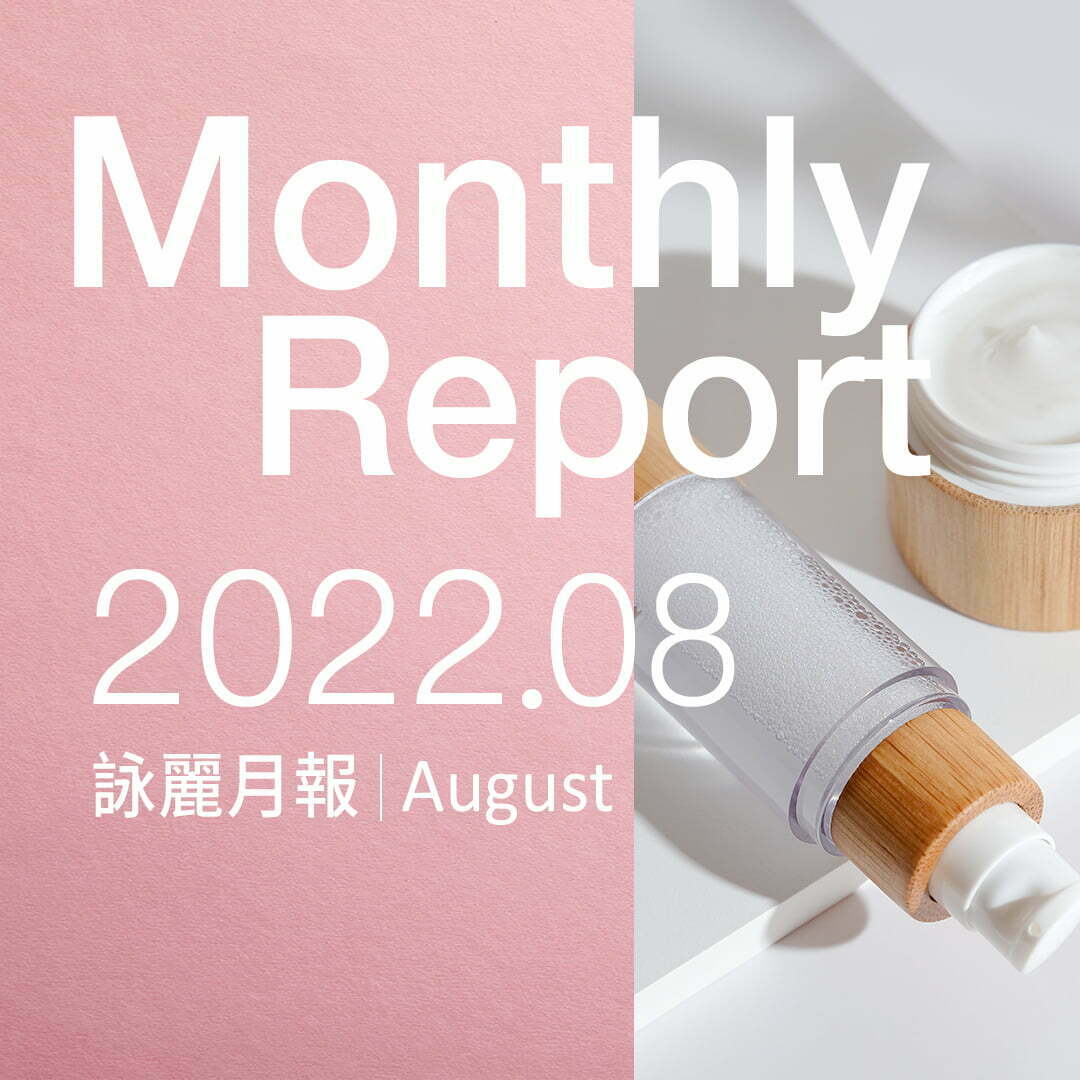Sustainable Package Insight | Use Stone To Make Containers, Saving 50% Plastics
Plastic pollution has become an important challenge to environmental systems and human life. According to the OECD “Global Plastics Outlook” report, global plastic waste has nearly doubled in the past 20 years, and almost one-third of it comes from packaging and other short-life products. Reducing plastic package waste and developing hot-selling sustainable products has become a new challenge for many brands. Unicare focuses on the latest trend of sustainable packaging materials and recommends EcoCa 50% bottle, which can save 50% of plastics and reduce the burden on the earth!
What is the influence of a plastic bottle?
While enjoying the effect of various skin care products, we also need to think about the impact of their packaging on the environment. Generally, it takes thousands of years to decompose plastics. The unsuitable process easily causes plastic pollution, which will cause a significant burden on the environmental system and harm various animals and plants.
It is estimated that at least 8 million tons of plastic leak into the ocean every year, which means dumping trash from a truck into the ocean every minute. More than 267 species in the marine environment are affected, and the sample research finds there are traces of marine plastic pollution in 100% of sea turtles, 59% of whales, and 40% of seabirds’ bodies and organs.
Brands committed to responsible packaging
Facing increasingly serious environmental problems, many brands have begun to participate in building green supply chains and upgrading sustainable products for sustainable social development. They have improved resource utilization through measures such as plastic reduction, recycling, and degradable materials, created more responsible packaging, and provided consumers with new choices for green consumption.
International beauty giants have set sustainable packaging goals. Unilever has established a corporate goal of reducing 50% of virgin plastic and using 25% recycled plastic by 2025. L’Oréal hopes that by 2025, 50% of the plastic used in packaging will come from recyclable or bio-based sources, and 100% of its plastic packaging will be refillable, reusable, recyclable, and compostable.
Environmentally friendly container|EcoCa 50% Bottle
When it comes to sustainable packaging, it is necessary to eliminate plastics that are difficult to recycle and easy to cause pollution, such as polyvinyl chloride. On the other hand, we can find alternative materials to improve resource utilization. EcoCa 50% comprises calcium carbonate from stone and recycled plastic raw materials. The containers made of it have various shapes, which can be round and lovely or simple and neat, suitable for multiple brand images. The weight of the stone makes the product more steady, which can help the brand to create a more valuable green product.
► Plastic reduction: It is composed of calcium carbonate, an inorganic substance, which can save about 50% of plastic.
► Recyclable: 50% of calcium carbonate combined with recyclable plastics such as PP and PE can be whole recycled.
► Widely used: Containers are suitable for various skin care products such as lotions and creams that meet different needs.
Innovative and sustainable new materials can reduce resource waste and promote a circular economy development. Unicare will continue to collect potential product packaging and provide more sustainable product design inspiration for brands. Welcome to contact us for more sustainable ingredients, formulas, and packaging information.
Global Plastic Outlook by OECD
The New Plastics Economy: Rethinking the future of plastics by the World Economic Forum and the Ellen MacArthur Foundation, with analytical support from McKinsey & Company
LAW, Kara Lavender. Plastics in the marine environment. Annual review of marine science, 2017, 9: 205-229.
Hammer, Jort, Michiel HS Kraak, and John R. Parsons. “Plastics in the marine environment: the dark side of a modern gift.” Reviews of environmental contamination and toxicology (2012): 1-44.



